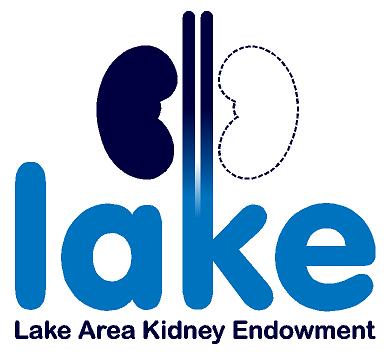About Kidney Disease
Your kidneys are highly efficient, silent little workers that never take a break. When the kidneys start to fail, healthy kidney tissue automatically takes over to pick up the slack. Because of this, often times there are no symptoms of kidney failure until the kidney function falls below 20%.... Dialysis is indicated at levels below 15%. Therefore, many people are unaware they even have kidney disease. Chronic kidney disease (CKD) is very common. It affects 1 in 9 people, and 1 in 3 is at risk. In the United States, the most common cause of kidney disease is diabetes, accounting for 45% of patients on dialysis. Second to diabetes is hypertension, accounting for another 30% of patients on dialysis. Other risk factors for kidney disease include obesity, family history of kidney disease, Native American and African American race, and age greater than 60. If you are affected by any of these traits, you should be tested for chronic kidney disease.
One in three adults with diabetes has CKD. Similarly, one in five adults with high blood pressure has CKD. The incidence of kidney failure increases after five years with these conditions, but more commonly occurs after more than ten years. Once scarring occurs in the kidneys, it is irreversible. However, measures can be taken to slow the progression to delay or prevent the need for dialysis or kidney transplantation. If you have had diabetes or high blood pressure for more than five years, you should be tested once or twice a year for CKD. Testing for CKD is easy and affordable. It includes a simple blood and urine test. One of the many jobs of the kidneys is to excrete waste products naturally produced by the body. The kidney waste product in the blood is called "creatinine". When the creatinine increases, it is an indicator the kidneys might be struggling to do their job. The creatinine then is taken into account with your age and your gender, and an estimated percent kidney function is predicted (eGFR). If your eGFR is below 60%, you may have CKD. The urine test is for protein, which may be the first sign of kidney disease. The earlier CKD is detected, the better the outcome.
When kidneys fail, the options for treatment include kidney transplantation, or a treatment called dialysis, which is a system that removes waste products and excessive fluid from your body when the kidneys are not working. Your doctor can help you decide what treatment option is best for you.
Currently there are over 120,000 people on the waiting list in the US for a kidney transplant. Because of a major shortage of kidney donors, less than 20,000 patients are transplanted every year. This means the average waiting time on the transplant list is five to six years. For many people, a kidney transplant provides a more normal life expectancy and quality of life over dialysis.
Kidney dialysis is very expensive. Currently there are more than 475,000 people on dialysis in the United States. On average, it costs $70,000 per patient per year just for the dialysis treatments. Many patients are on in excess of a dozen medications daily, and in rural America, the average dialysis patient has to drive an average of 140 miles per week just to attend the treatments. Many patients on dialysis are unable to continue a regular work schedule due to the rigors of the dialysis commitment.
The average cost of kidney transplantation in the first year is $250,000. However, after the second or third year post transplant, transplant costs are far more economical than dialysis costs. Many patients who receive kidney transplants are able to return to the work force, and many transplanted patients can experience a normal life expectancy and quality of life.




